| Availability: | |
|---|---|
| Quantity: | |
| Product Name | unipolar neodymium magnets |
| Material | Neodymium (Nd), Iron (Fe), and Boron (B) |
| Size | Customized size |
| Shape | Customized (block,Disc,Cylinder, Bar, Ring,Arc,Countersunk, Segment, hook) |
| Coating | Customised (Ni, Zn, Epoxy, Gold, etc.) |
| Size tolerance | ±0.05mm for diamater / thickness, ±0.1mm for width / length |
| Density | 9.1-8.6g/cm³ |
| Magnetization | Thickness Magnetized, Axially Magnetized, Diametrally Magnetized |
| Applications | Neodymium(NdFeB) Magnet are widely used in many fields, such as motors, sensors,microphones, wind turbines, wind generators,printer, switchboard, packing box , loudspeakers, magnetic separation, magnetic hooks, magnetic holder, magnetic chuck, ect. |
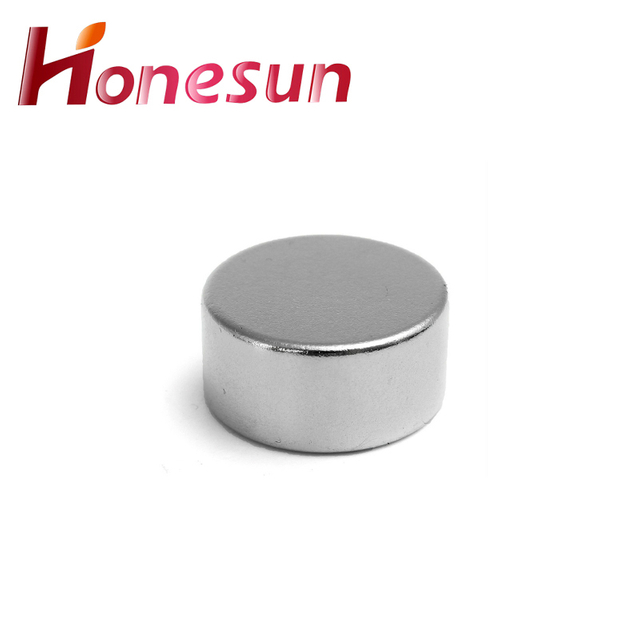
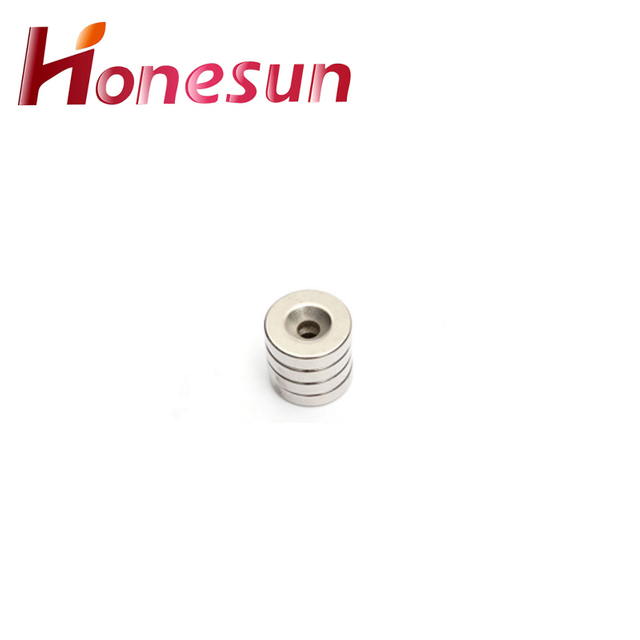
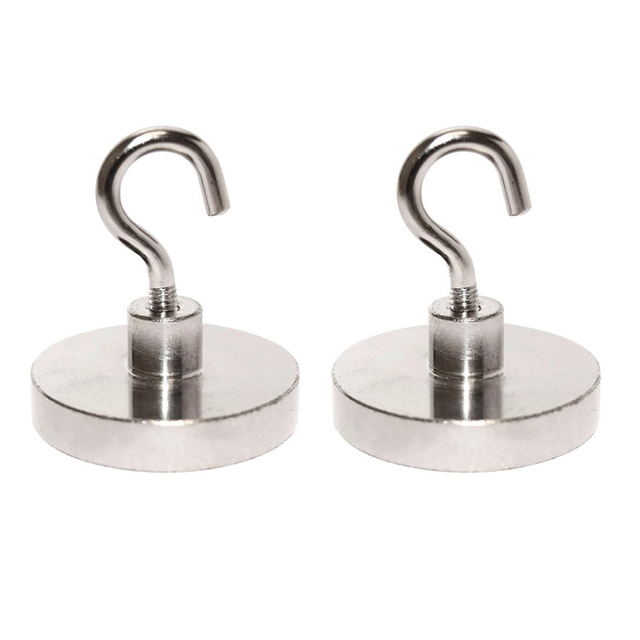
1.About unipolar neodymium magnets production equipment
Neodymium magnets are a type of rare earth magnet that is made from an alloy of neodymium, iron, and boron. They are the strongest type of permanent magnet available and are used in a variety of applications, including motors, generators, and loudspeakers. The production of neodymium magnets requires specialized equipment, such as a vacuum furnace, a press, and a sintering furnace. The process begins with the mixing of the neodymium, iron, and boron powders in the correct proportions. The mixture is then placed in a vacuum furnace and heated to a high temperature. This causes the powders to melt and form a homogenous alloy. The alloy is then placed in a press and formed into the desired shape. Finally, the formed alloy is placed in a sintering furnace and heated to a high temperature, which causes the alloy to become a permanent magnet.
2.Can unipolar neodymium magnets lose their magnetism over time?
We focus on teamwork and communication to achieve common goals, We attach great importance to this detail. Yes, neodymium magnets can lose their magnetism over time. This is due to a process called demagnetization, which occurs when the magnet is exposed to high temperatures, strong electrical currents, or other magnets.
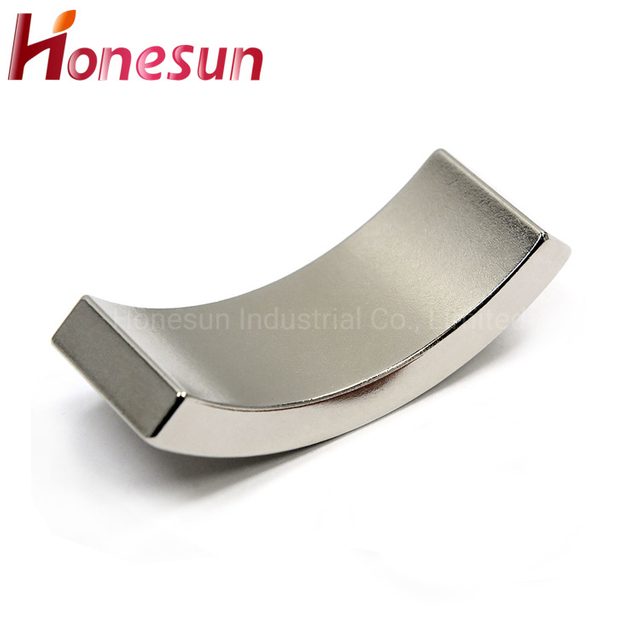
3.How do unipolar neodymium magnets contribute to renewable energy sources?
Neodymium magnets are used in many renewable energy sources, such as wind turbines and solar panels. They are used to generate electricity from the rotation of the turbine blades or the movement of the sun’s rays. Neodymium magnets are also used in electric motors, which are used to power electric vehicles. Additionally, they are used in generators to convert mechanical energy into electrical energy.
4.Are there any health risks associated with unipolar neodymium magnets?
We adhere to the principle of quality first and have a complete production quality management system and quality inspection process. Yes, there are some health risks associated with neodymium magnets. If swallowed, they can cause serious injury or even death. They can also pinch skin and cause cuts or bruises if handled improperly. Additionally, they can interfere with pacemakers and other medical devices.

5.What is the maximum operating temperature of unipolar neodymium magnets?
We continuously upgrade our skills and knowledge to adapt to changing unipolar neodymium magnets market needs. The maximum operating temperature of Neodymium Magnets is 80°C (176°F).
6.What is the magnetic field strength of a Neodymium Magnet?
The magnetic field strength of a Neodymium magnet can range from 10,000 to 14,000 gauss.

7.How do unipolar neodymium magnets contribute to renewable energy storage?
Neodymium magnets are used in a variety of renewable energy storage systems, such as flywheels, supercapacitors, and batteries. Flywheels use the magnets to store energy in the form of kinetic energy, while supercapacitors use them to store energy in the form of electrical charge. Batteries use the magnets to store energy in the form of chemical energy. Neodymium magnets are also used in electric motors and generators, which are essential components of renewable energy systems.
8.What are the safety precautions when handling unipolar neodymium magnets?
We are a professional unipolar neodymium magnets company dedicated to providing high quality products and services. 1. Keep magnets away from children and pets. 2. Wear protective gloves and eye protection when handling magnets. 3. Do not allow magnets to snap together or impact each other. 4. Do not allow magnets to come into contact with electronic devices, such as computers, cell phones, and credit cards. 5. Do not allow magnets to come into contact with pacemakers or other medical devices. 6. Do not allow magnets to come into contact with magnetic media, such as floppy disks, credit cards, and videotapes. 7. Do not allow magnets to come into contact with each other, as they can become permanently magnetized. 8. Do not allow magnets to come into contact with flammable materials, such as gasoline, paint, and solvents. 9. Do not allow magnets to come into contact with liquids, as they can corrode. 10. Store magnets in a dry, cool place away from direct sunlight.

9.How do unipolar neodymium magnets contribute to sustainable energy?
We operate our unipolar neodymium magnets business with integrity and honesty. Neodymium magnets are used in a variety of renewable energy technologies, such as wind turbines, solar panels, and electric vehicles. They are used to generate electricity from wind and solar energy, and to power electric vehicles. Neodymium magnets are also used in the motors of hybrid and electric vehicles, which helps to reduce emissions and improve fuel efficiency. Additionally, neodymium magnets are used in the production of energy-efficient lighting, such as LED lights, which helps to reduce energy consumption.
10.Are there any restrictions on the production or use of unipolar neodymium magnets?
Yes, there are restrictions on the production and use of neodymium magnets. Neodymium magnets are subject to the European Union's Restriction of Hazardous Substances (RoHS) directive, which restricts the use of certain hazardous materials in electrical and electronic equipment. Additionally, neodymium magnets are subject to the International Maritime Organization's (IMO) International Maritime Dangerous Goods (IMDG) Code, which regulates the transport of hazardous materials by sea. Finally, neodymium magnets are subject to the United Nations' International Atomic Energy Agency (IAEA) regulations, which regulate the use of radioactive materials.
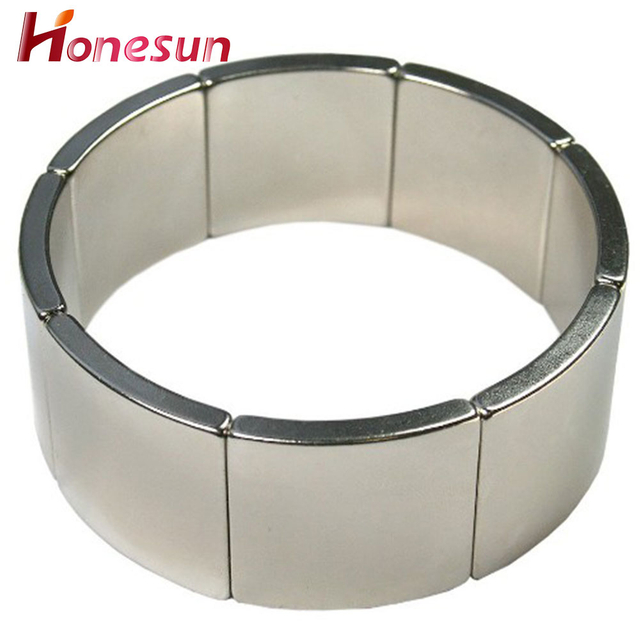
11.What are the potential future advances in Neodymium Magnet technology?
1. Improved magnetization processes: Developing new methods to increase the magnetization of neodymium magnets, such as using high-frequency alternating current or pulsed direct current, could lead to stronger magnets. 2. Improved coating processes: Developing new methods to coat neodymium magnets with protective layers could help to reduce corrosion and improve the longevity of the magnets. 3. Improved manufacturing processes: Developing new methods to manufacture neodymium magnets more efficiently and cost-effectively could help to reduce the cost of the magnets. 4. Improved recycling processes: Developing new methods to recycle neodymium magnets could help to reduce the environmental impact of the magnets. 5. Improved magnetic field control: Developing new methods to control the magnetic field of neodymium magnets could help to improve the performance of the magnets in various applications.
12.What are unipolar neodymium magnets?
As one of the unipolar neodymium magnets market leaders, we are known for innovation and reliability. Neodymium magnets are a type of rare-earth magnet made from an alloy of neodymium, iron, and boron. They are the strongest type of permanent magnet commercially available and are used in a wide variety of applications, including motors, generators, hard drives, and loudspeakers.
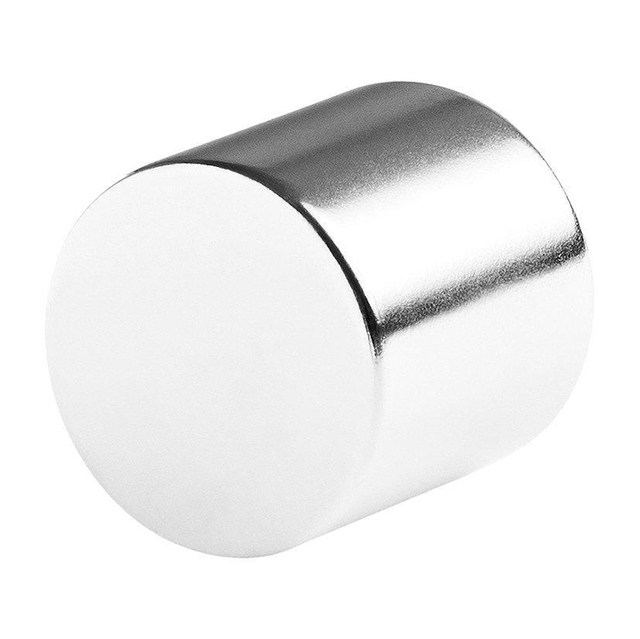
13.Why are unipolar neodymium magnets considered to be the strongest permanent magnets?
As one of the top unipolar neodymium magnets manufacturers in China, we take this very seriously. Neodymium magnets are considered to be the strongest permanent magnets because they are made from an alloy of neodymium, iron, and boron. This alloy creates a strong magnetic field due to the way the atoms are arranged. The magnetic field created by neodymium magnets is much stronger than that of other permanent magnets, such as ferrite or alnico.
14.Can unipolar neodymium magnets be used in high-temperature environments?
Our unipolar neodymium magnets products undergo strict quality control to ensure customer satisfaction. No, neodymium magnets are not suitable for use in high-temperature environments. They can become permanently demagnetized if exposed to temperatures above their Curie temperature, which is typically around 80-200°C (176-392°F).

15.How do unipolar neodymium magnets contribute to the transportation industry?
Neodymium magnets are used in a variety of transportation applications, including electric motors, generators, and brakes. They are used in electric vehicles to help reduce the weight of the vehicle and improve its efficiency. They are also used in hybrid and electric vehicles to help reduce the amount of energy needed to power the vehicle. Additionally, neodymium magnets are used in magnetic levitation trains, which use magnetic fields to lift and propel the train.
16.How have unipolar neodymium magnets revolutionized the manufacturing industry?
Neodymium magnets have revolutionized the manufacturing industry by providing a powerful, lightweight, and cost-effective alternative to traditional ferrite magnets. Neodymium magnets are used in a variety of applications, from motors and generators to sensors and medical equipment. They are also used in the production of consumer electronics, automotive components, and industrial machinery. Neodymium magnets are more powerful than ferrite magnets, allowing for smaller, lighter, and more efficient designs. They are also more cost-effective, making them a popular choice for manufacturers.
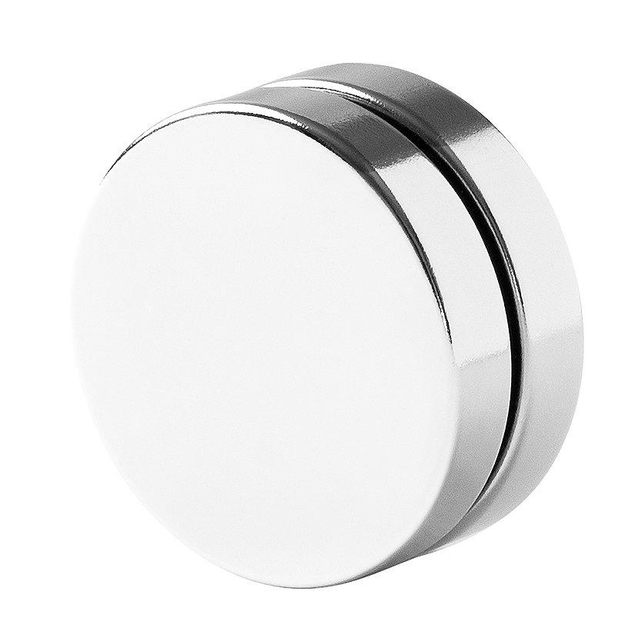
| Product Name | unipolar neodymium magnets |
| Material | Neodymium (Nd), Iron (Fe), and Boron (B) |
| Size | Customized size |
| Shape | Customized (block,Disc,Cylinder, Bar, Ring,Arc,Countersunk, Segment, hook) |
| Coating | Customised (Ni, Zn, Epoxy, Gold, etc.) |
| Size tolerance | ±0.05mm for diamater / thickness, ±0.1mm for width / length |
| Density | 9.1-8.6g/cm³ |
| Magnetization | Thickness Magnetized, Axially Magnetized, Diametrally Magnetized |
| Applications | Neodymium(NdFeB) Magnet are widely used in many fields, such as motors, sensors,microphones, wind turbines, wind generators,printer, switchboard, packing box , loudspeakers, magnetic separation, magnetic hooks, magnetic holder, magnetic chuck, ect. |



1.About unipolar neodymium magnets production equipment
Neodymium magnets are a type of rare earth magnet that is made from an alloy of neodymium, iron, and boron. They are the strongest type of permanent magnet available and are used in a variety of applications, including motors, generators, and loudspeakers. The production of neodymium magnets requires specialized equipment, such as a vacuum furnace, a press, and a sintering furnace. The process begins with the mixing of the neodymium, iron, and boron powders in the correct proportions. The mixture is then placed in a vacuum furnace and heated to a high temperature. This causes the powders to melt and form a homogenous alloy. The alloy is then placed in a press and formed into the desired shape. Finally, the formed alloy is placed in a sintering furnace and heated to a high temperature, which causes the alloy to become a permanent magnet.
2.Can unipolar neodymium magnets lose their magnetism over time?
We focus on teamwork and communication to achieve common goals, We attach great importance to this detail. Yes, neodymium magnets can lose their magnetism over time. This is due to a process called demagnetization, which occurs when the magnet is exposed to high temperatures, strong electrical currents, or other magnets.

3.How do unipolar neodymium magnets contribute to renewable energy sources?
Neodymium magnets are used in many renewable energy sources, such as wind turbines and solar panels. They are used to generate electricity from the rotation of the turbine blades or the movement of the sun’s rays. Neodymium magnets are also used in electric motors, which are used to power electric vehicles. Additionally, they are used in generators to convert mechanical energy into electrical energy.
4.Are there any health risks associated with unipolar neodymium magnets?
We adhere to the principle of quality first and have a complete production quality management system and quality inspection process. Yes, there are some health risks associated with neodymium magnets. If swallowed, they can cause serious injury or even death. They can also pinch skin and cause cuts or bruises if handled improperly. Additionally, they can interfere with pacemakers and other medical devices.

5.What is the maximum operating temperature of unipolar neodymium magnets?
We continuously upgrade our skills and knowledge to adapt to changing unipolar neodymium magnets market needs. The maximum operating temperature of Neodymium Magnets is 80°C (176°F).
6.What is the magnetic field strength of a Neodymium Magnet?
The magnetic field strength of a Neodymium magnet can range from 10,000 to 14,000 gauss.

7.How do unipolar neodymium magnets contribute to renewable energy storage?
Neodymium magnets are used in a variety of renewable energy storage systems, such as flywheels, supercapacitors, and batteries. Flywheels use the magnets to store energy in the form of kinetic energy, while supercapacitors use them to store energy in the form of electrical charge. Batteries use the magnets to store energy in the form of chemical energy. Neodymium magnets are also used in electric motors and generators, which are essential components of renewable energy systems.
8.What are the safety precautions when handling unipolar neodymium magnets?
We are a professional unipolar neodymium magnets company dedicated to providing high quality products and services. 1. Keep magnets away from children and pets. 2. Wear protective gloves and eye protection when handling magnets. 3. Do not allow magnets to snap together or impact each other. 4. Do not allow magnets to come into contact with electronic devices, such as computers, cell phones, and credit cards. 5. Do not allow magnets to come into contact with pacemakers or other medical devices. 6. Do not allow magnets to come into contact with magnetic media, such as floppy disks, credit cards, and videotapes. 7. Do not allow magnets to come into contact with each other, as they can become permanently magnetized. 8. Do not allow magnets to come into contact with flammable materials, such as gasoline, paint, and solvents. 9. Do not allow magnets to come into contact with liquids, as they can corrode. 10. Store magnets in a dry, cool place away from direct sunlight.

9.How do unipolar neodymium magnets contribute to sustainable energy?
We operate our unipolar neodymium magnets business with integrity and honesty. Neodymium magnets are used in a variety of renewable energy technologies, such as wind turbines, solar panels, and electric vehicles. They are used to generate electricity from wind and solar energy, and to power electric vehicles. Neodymium magnets are also used in the motors of hybrid and electric vehicles, which helps to reduce emissions and improve fuel efficiency. Additionally, neodymium magnets are used in the production of energy-efficient lighting, such as LED lights, which helps to reduce energy consumption.
10.Are there any restrictions on the production or use of unipolar neodymium magnets?
Yes, there are restrictions on the production and use of neodymium magnets. Neodymium magnets are subject to the European Union's Restriction of Hazardous Substances (RoHS) directive, which restricts the use of certain hazardous materials in electrical and electronic equipment. Additionally, neodymium magnets are subject to the International Maritime Organization's (IMO) International Maritime Dangerous Goods (IMDG) Code, which regulates the transport of hazardous materials by sea. Finally, neodymium magnets are subject to the United Nations' International Atomic Energy Agency (IAEA) regulations, which regulate the use of radioactive materials.

11.What are the potential future advances in Neodymium Magnet technology?
1. Improved magnetization processes: Developing new methods to increase the magnetization of neodymium magnets, such as using high-frequency alternating current or pulsed direct current, could lead to stronger magnets. 2. Improved coating processes: Developing new methods to coat neodymium magnets with protective layers could help to reduce corrosion and improve the longevity of the magnets. 3. Improved manufacturing processes: Developing new methods to manufacture neodymium magnets more efficiently and cost-effectively could help to reduce the cost of the magnets. 4. Improved recycling processes: Developing new methods to recycle neodymium magnets could help to reduce the environmental impact of the magnets. 5. Improved magnetic field control: Developing new methods to control the magnetic field of neodymium magnets could help to improve the performance of the magnets in various applications.
12.What are unipolar neodymium magnets?
As one of the unipolar neodymium magnets market leaders, we are known for innovation and reliability. Neodymium magnets are a type of rare-earth magnet made from an alloy of neodymium, iron, and boron. They are the strongest type of permanent magnet commercially available and are used in a wide variety of applications, including motors, generators, hard drives, and loudspeakers.

13.Why are unipolar neodymium magnets considered to be the strongest permanent magnets?
As one of the top unipolar neodymium magnets manufacturers in China, we take this very seriously. Neodymium magnets are considered to be the strongest permanent magnets because they are made from an alloy of neodymium, iron, and boron. This alloy creates a strong magnetic field due to the way the atoms are arranged. The magnetic field created by neodymium magnets is much stronger than that of other permanent magnets, such as ferrite or alnico.
14.Can unipolar neodymium magnets be used in high-temperature environments?
Our unipolar neodymium magnets products undergo strict quality control to ensure customer satisfaction. No, neodymium magnets are not suitable for use in high-temperature environments. They can become permanently demagnetized if exposed to temperatures above their Curie temperature, which is typically around 80-200°C (176-392°F).

15.How do unipolar neodymium magnets contribute to the transportation industry?
Neodymium magnets are used in a variety of transportation applications, including electric motors, generators, and brakes. They are used in electric vehicles to help reduce the weight of the vehicle and improve its efficiency. They are also used in hybrid and electric vehicles to help reduce the amount of energy needed to power the vehicle. Additionally, neodymium magnets are used in magnetic levitation trains, which use magnetic fields to lift and propel the train.
16.How have unipolar neodymium magnets revolutionized the manufacturing industry?
Neodymium magnets have revolutionized the manufacturing industry by providing a powerful, lightweight, and cost-effective alternative to traditional ferrite magnets. Neodymium magnets are used in a variety of applications, from motors and generators to sensors and medical equipment. They are also used in the production of consumer electronics, automotive components, and industrial machinery. Neodymium magnets are more powerful than ferrite magnets, allowing for smaller, lighter, and more efficient designs. They are also more cost-effective, making them a popular choice for manufacturers.

Honesun Industrial Co., Ltd. focuses on designing, researching, developing, manufacturing and selling Magnets and Magnetic Assemblies. With more than 15 years' rich experience and considerate services.we have been recognized as a reliable.



